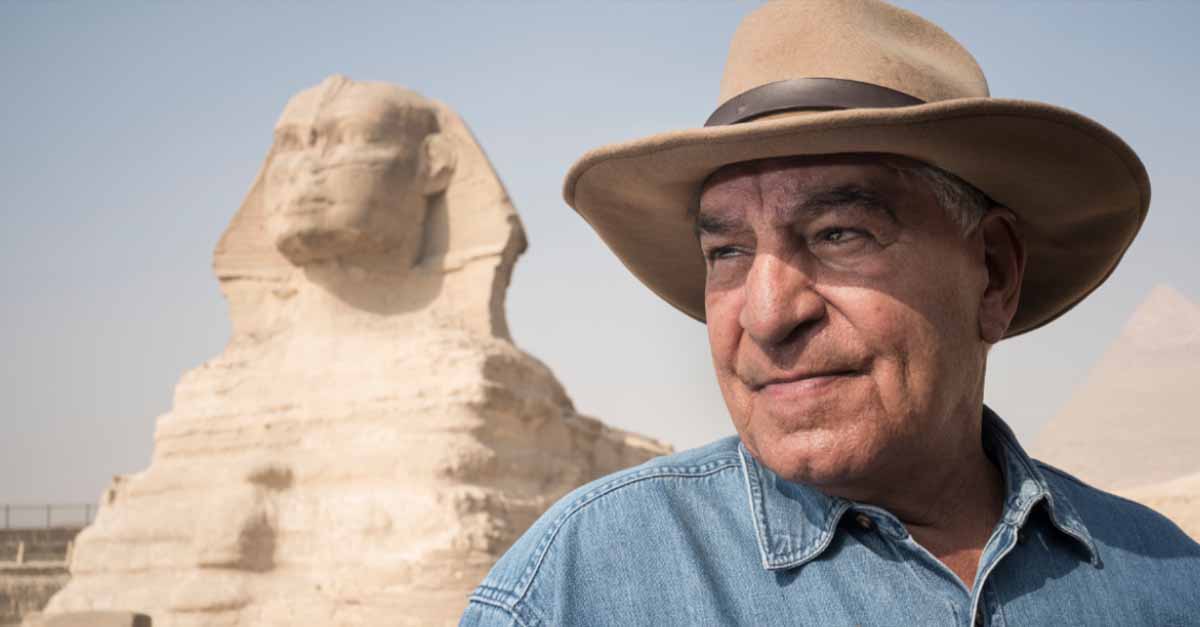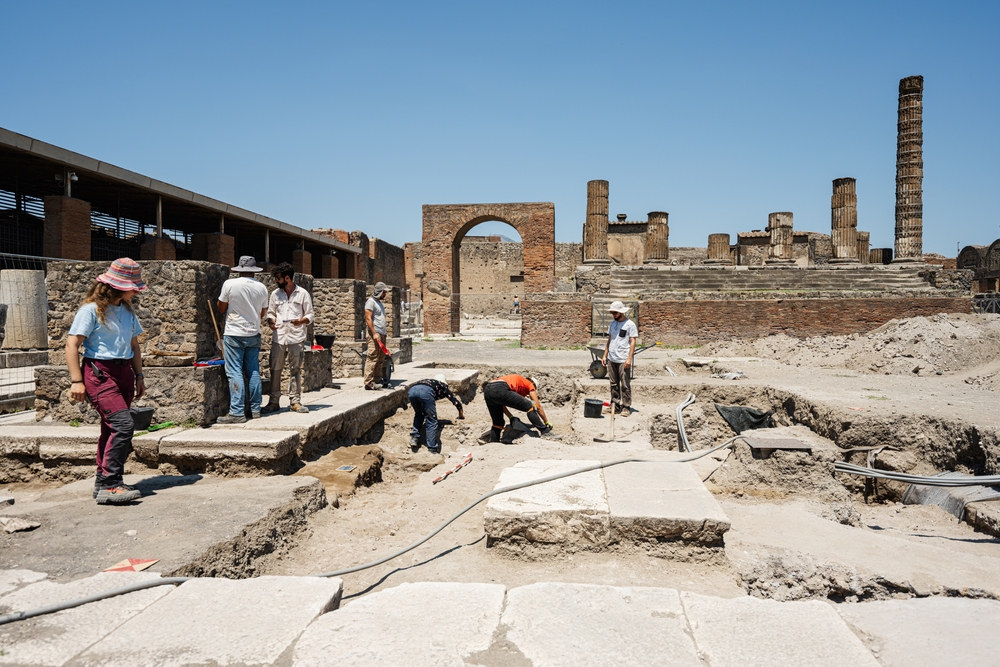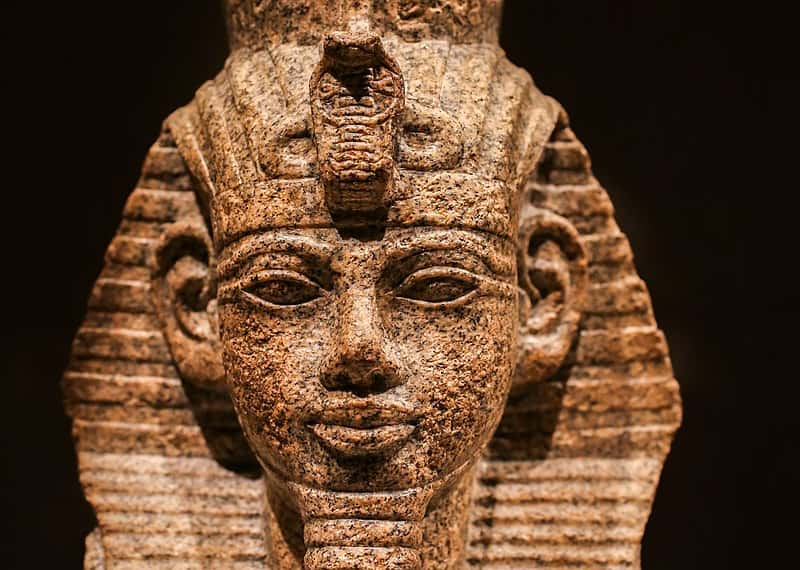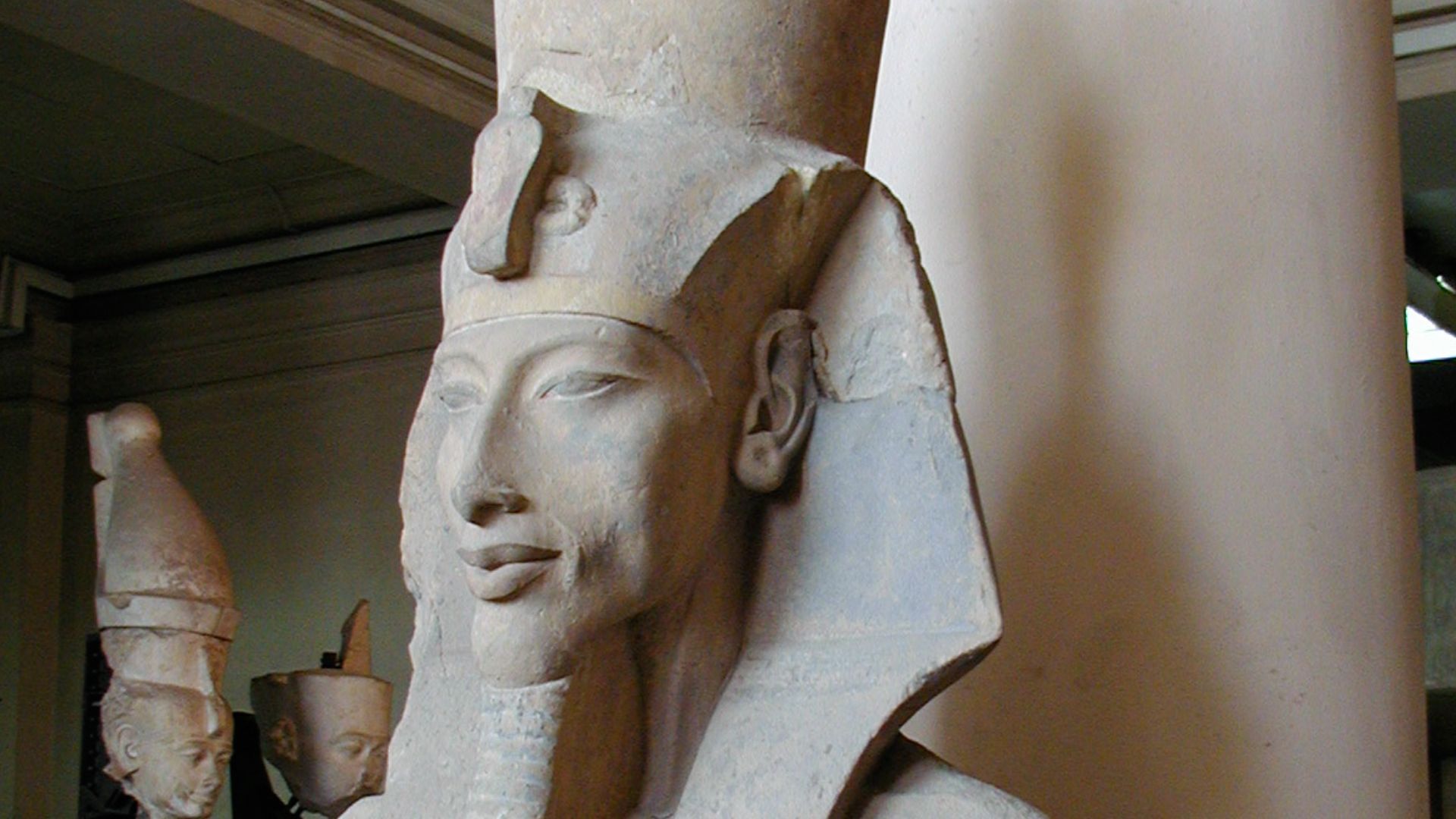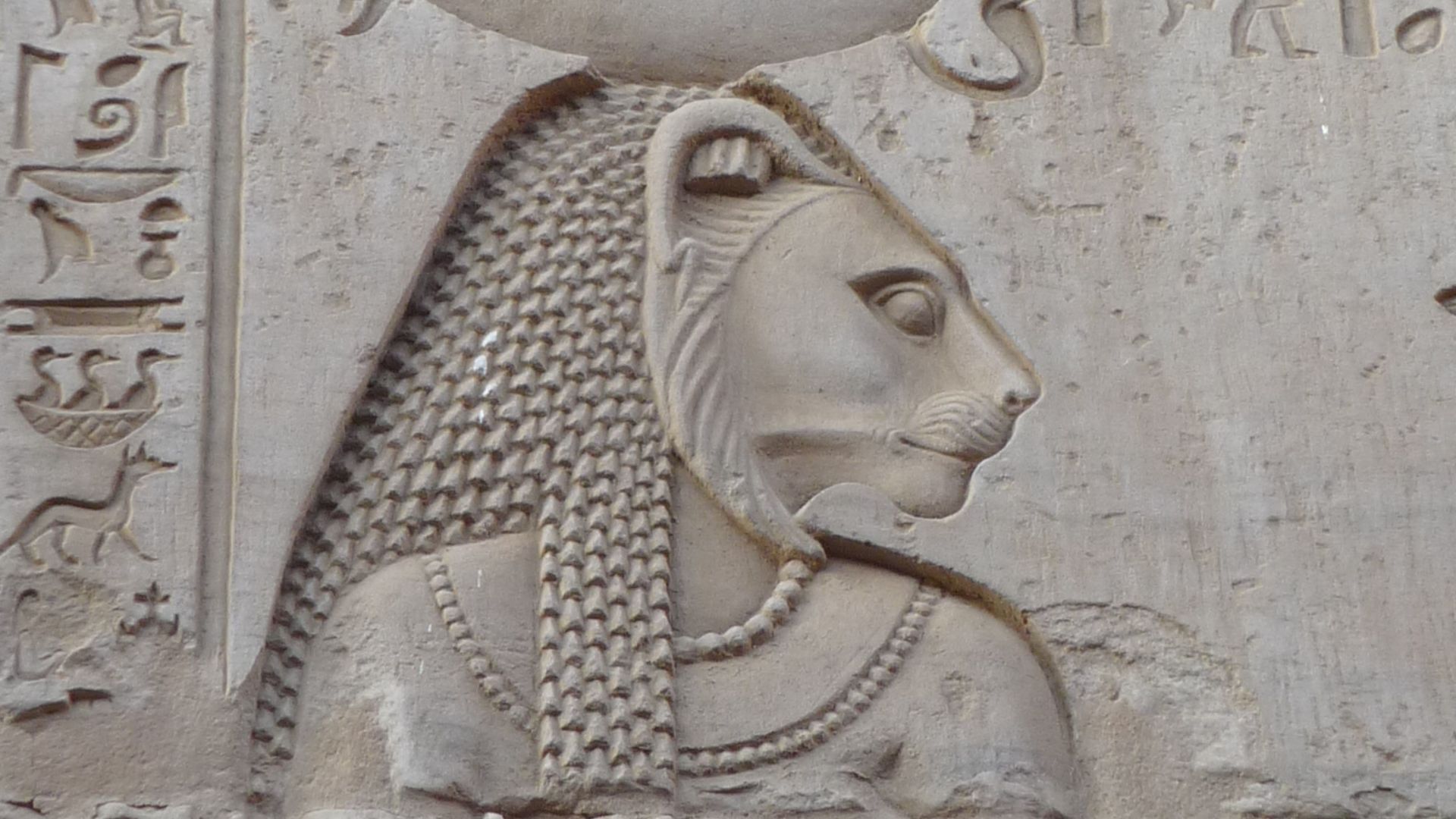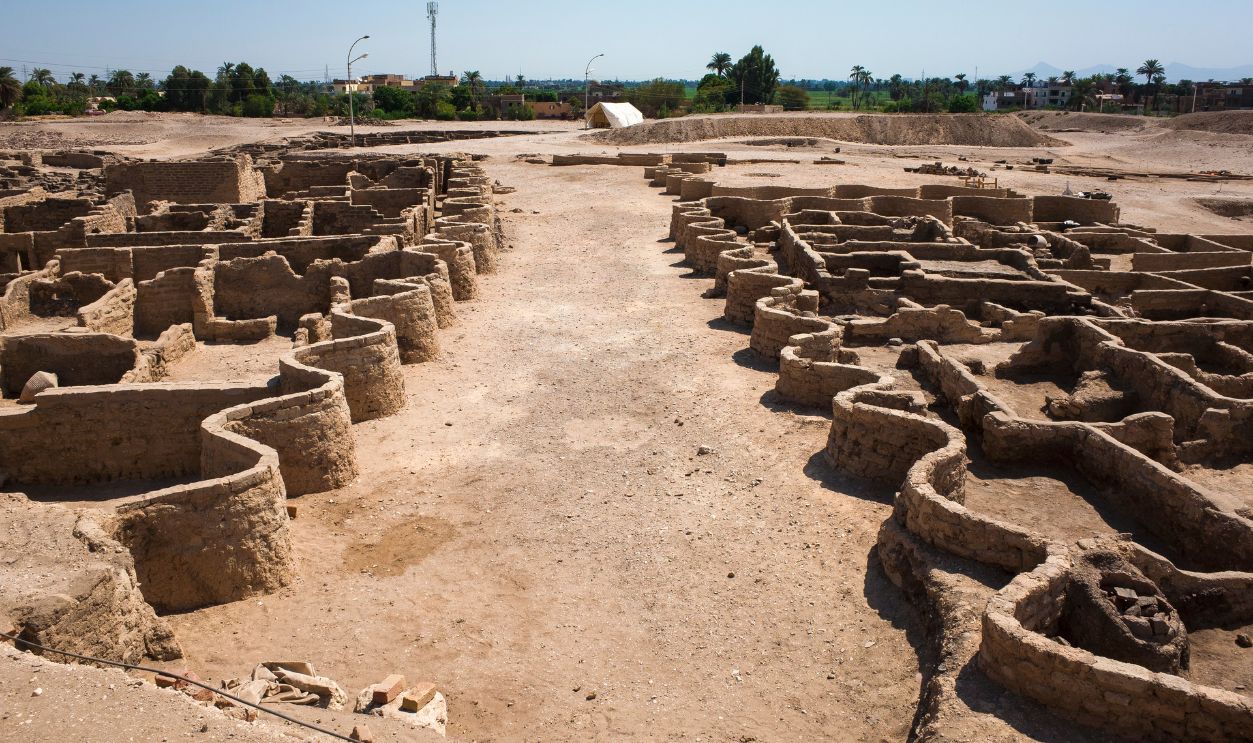A Shining City In The Desert
Ancient cities are always exciting to discover. An archeological team in Egypt found one worthy of all the excitement and curiosity: an immense city complex known as “the Dazzling Aten”. The details and discoveries found at this site are truly amazing—and sometimes confusing.
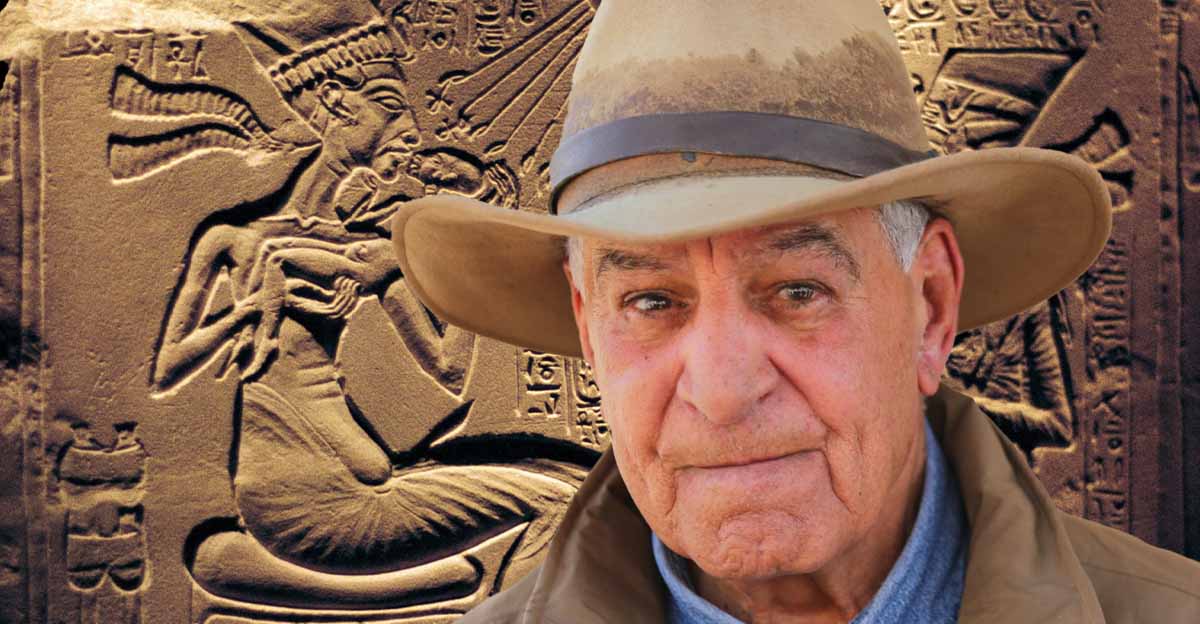
Surprise Around Every Corner
The discovery of the city by Zahi Hawass occurred while his team looked for the funerary temple of Tutankhamun. Instead, they came upon the first parts of the Dazzling Aten. Little did they know, there was something larger for them to uncover.
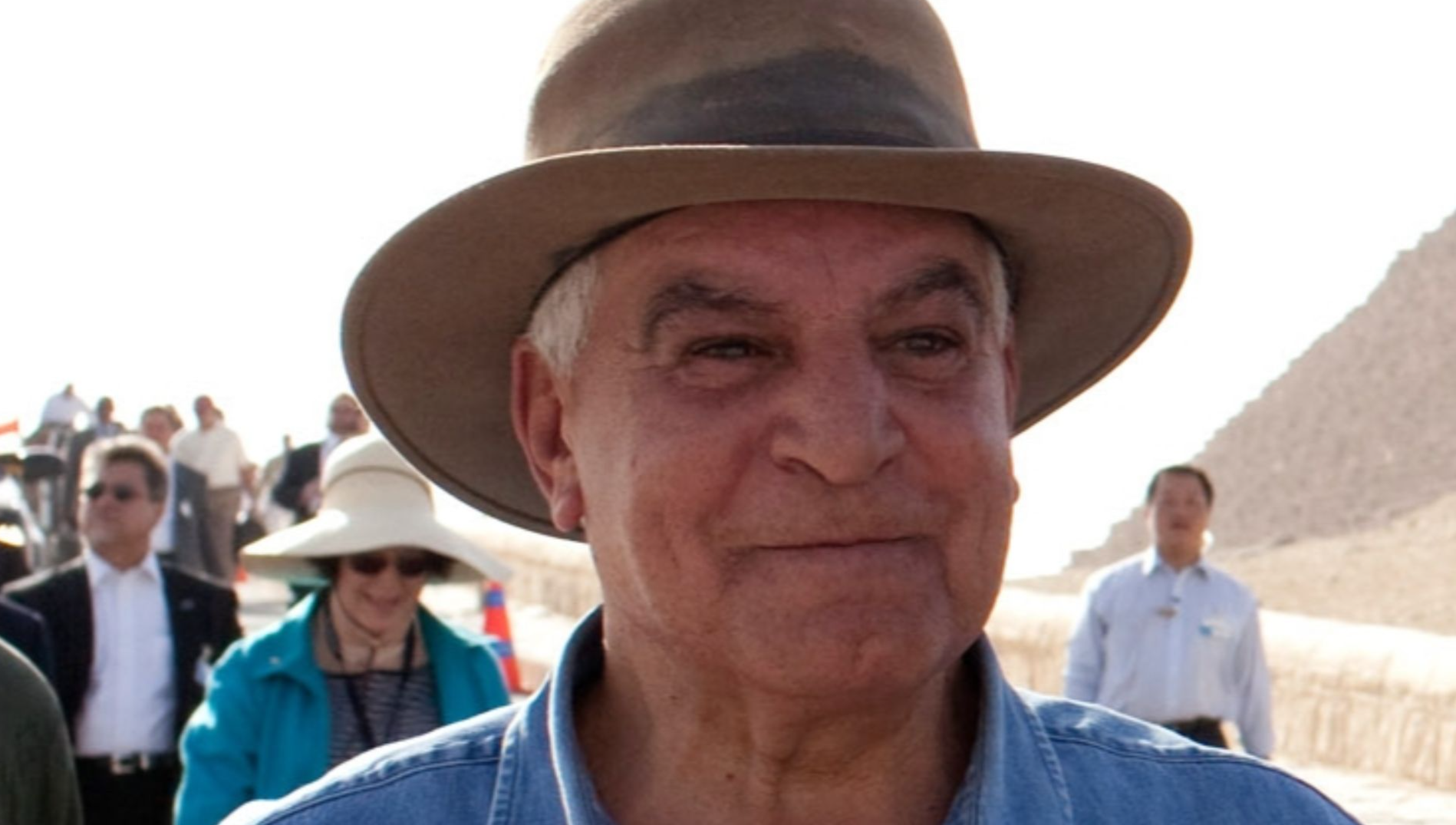 The Official White House Photo Stream, Wikimedia Commons
The Official White House Photo Stream, Wikimedia Commons
A Year Filled With Archeological Luck
Excavations around the area started in September 2020, but this latest attempt was the first successful endeavor after many that had already failed. Most of the earlier attempts to find the city weren’t successful, and the pressure to find it was mounting with each try.
Location Was Everything
The city was known to be somewhere between the associated mortuary temple of Ramses III and Amenhotep III. These two temples had already been excavated by Zahi Hawass, but the research done there revealed a greater establishment hidden underground.
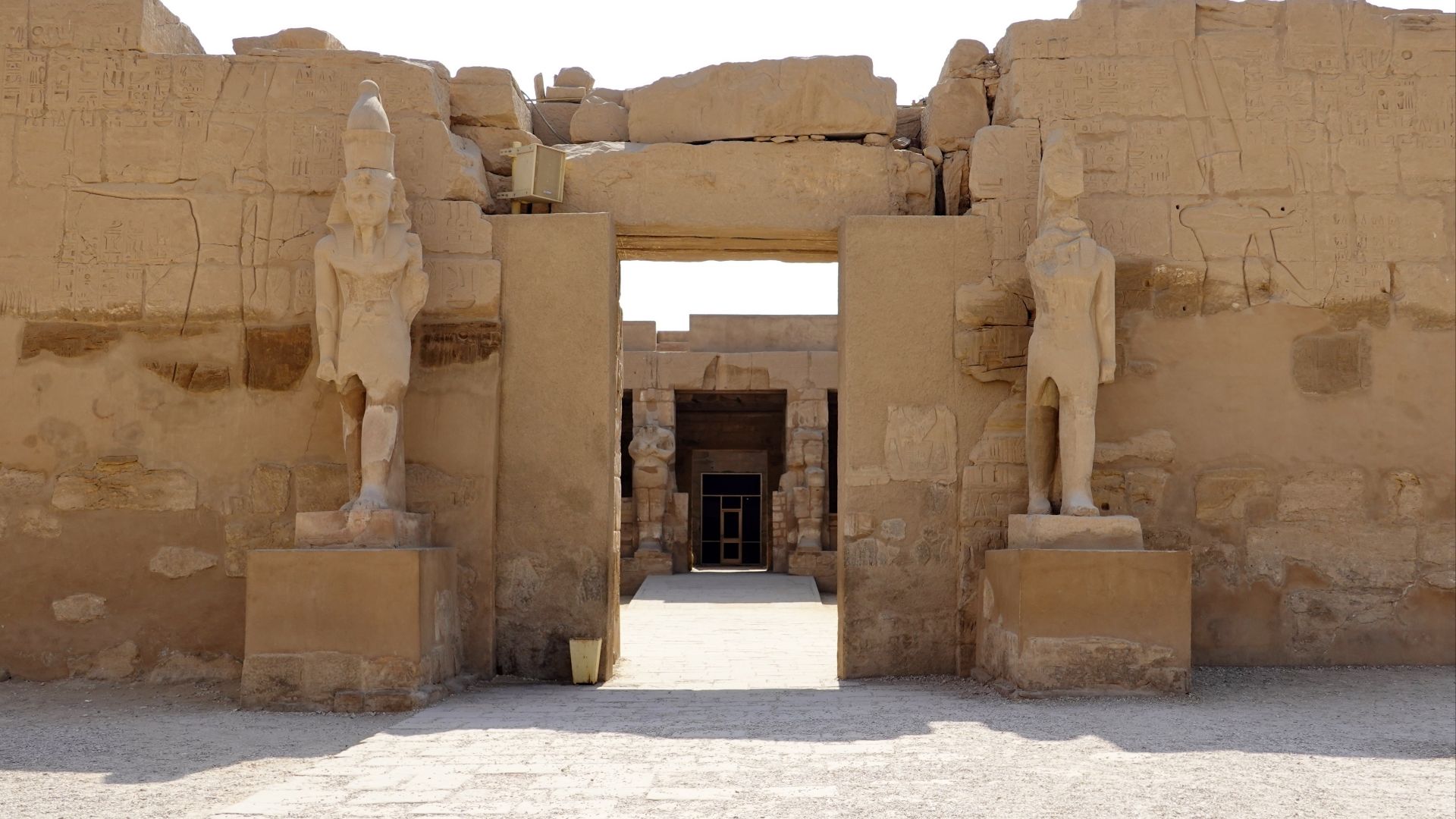 Olaf Tausch, Wikimedia Commons
Olaf Tausch, Wikimedia Commons
Preliminary Exploration
Hawass’ team set up their strategy in three “sondages”. This was the process of looking at the layers of sediment to establish context for the artifacts based on the surrounding dirt compositions. This revealed several important details.
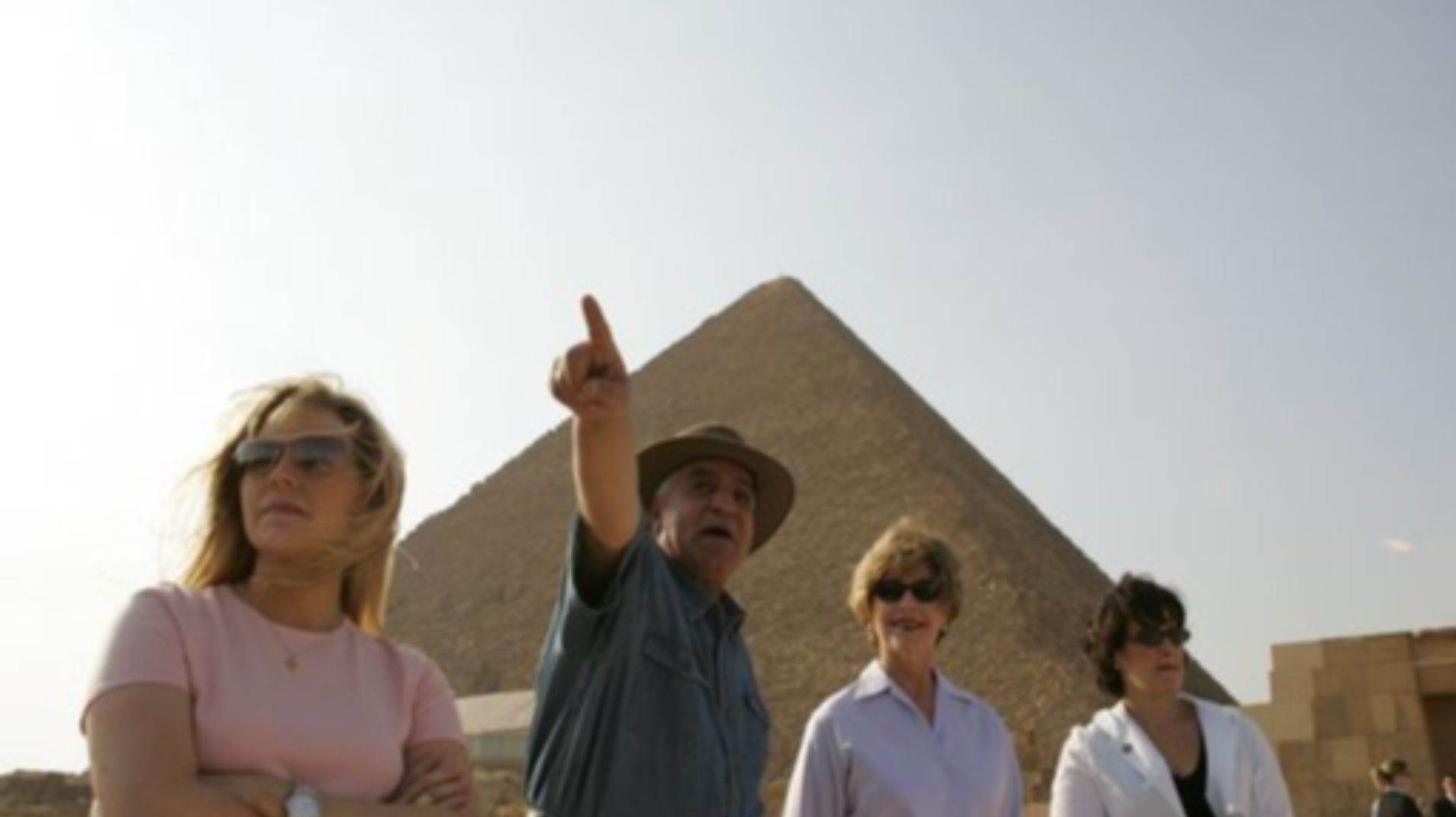 White House photo by Krisanne Johnson, Wikimedia Commons
White House photo by Krisanne Johnson, Wikimedia Commons
The First Sondage
The first sondage, called the Nwktt sondage, uncovered an abundance of pottery and mud bricks spanning two meters. Further investigation revealed more of the same but also uncovered bones. As they dug further, they found something amazing.
 Archaeologists Unearth 3000 Years Old Stunningly Preserved Lost African City, 2nacheki
Archaeologists Unearth 3000 Years Old Stunningly Preserved Lost African City, 2nacheki
The Implications Of Something Bigger
With the mud bricks being a main feature of their initial sondages, they were expecting to find something more in the area. To their surprise, they found the bricks were “fanning out in all directions”. This would eventually reveal the first indications of a larger structure.
 Archaeologists Unearth 3000 Years Old Stunningly Preserved Lost African City, 2nacheki
Archaeologists Unearth 3000 Years Old Stunningly Preserved Lost African City, 2nacheki
The First District Discovered
The first sondage revealed part of the first district of the city. This was an exciting discovery, and it proved there was more to uncover in the area. Unfortunately, a portion of this first district is covered by a paved road leading to the Valley of the Queens. But this would only make up a small portion of what they would find.
The Second Sondage
The second sondage, Nwasht, brought about a unique discovery. They found many more mud bricks, but these were larger and differently colored from the ones in the first sondage. However, it was the objects and evidence surrounding these bricks that led archeologists to an exciting conclusion.
 Archaeologists Unearth 3000 Years Old Stunningly Preserved Lost African City, 2nacheki
Archaeologists Unearth 3000 Years Old Stunningly Preserved Lost African City, 2nacheki
Evidence Of Human Ingenuity
Archeologists also found big pits of mud, still imprinted with the footprints of ancient humans. These impressions weren’t all. They found large egg-shaped blocks of mud, some of which were stamped with something surprising.
 Archaeologists Unearth 3000 Years Old Stunningly Preserved Lost African City, 2nacheki
Archaeologists Unearth 3000 Years Old Stunningly Preserved Lost African City, 2nacheki
Links To Nobles
The stamp was a cartouche indicating royal association. Specifically, it was the cartouche of Nebmaatre, who ruled during either the 16th or 17th Dynasties. This meant two things: this was an “industrial” brick workshop, and they supplied bricks to build palaces and temples in addition to more common buildings.
The Third Sondage
The third sondage, Swasht, revealed a key aspect of many ancient establishments. After the archeologists came across a surprisingly small amount of debris, they kept digging and uncovered a staircase. This was shocking, and they kept their investigation going.
 Archaeologists Unearth 3000 Years Old Stunningly Preserved Lost African City, 2nacheki
Archaeologists Unearth 3000 Years Old Stunningly Preserved Lost African City, 2nacheki
Deep Beneath The Earth
Their digging revealed many identical tomb-shaped cuts in the stone, each with a “mudbrick chapel structure with stairs leading to a square room”. These rooms led to a secondary room, which subsequently led to another level of the tomb and contained a “burial shaft”. This meant one thing to the archeologists.
 Uncovering lost Egyptian city 'the most important discovery' since King Tut's tomb, euronews
Uncovering lost Egyptian city 'the most important discovery' since King Tut's tomb, euronews
Finding Significant Burial Sites
The third sondage had revealed a cemetery. They found four tombs and chose to take a closer look at one of them. This examination brought a number of things to light for the team, all of which brought them a better understanding of the cemetery and the city.
Gifts From Loved Ones
They discovered a table meant for offerings, which included amulets, shabtis, and a bracelet. These objects were likely entombed with the departed individual around the 25th to 27th Dynasties. But archaeologists left their inquiry there and resealed the tomb for further study at a later date. They wanted to learn the basics of the city first.
 Archaeologists Unearth 3000 Years Old Stunningly Preserved Lost African City, 2nacheki
Archaeologists Unearth 3000 Years Old Stunningly Preserved Lost African City, 2nacheki
Laid To Rest
When they returned to study the cemetery several years after its initial discovery, they learned something astonishing. While there are many individuals and objects buried in the cemetery, it is only dedicated to one thing: the God’s Wives of Amun, high-ranking priestesses who worshipped the god Amun. What else will they discover in their ongoing investigations?
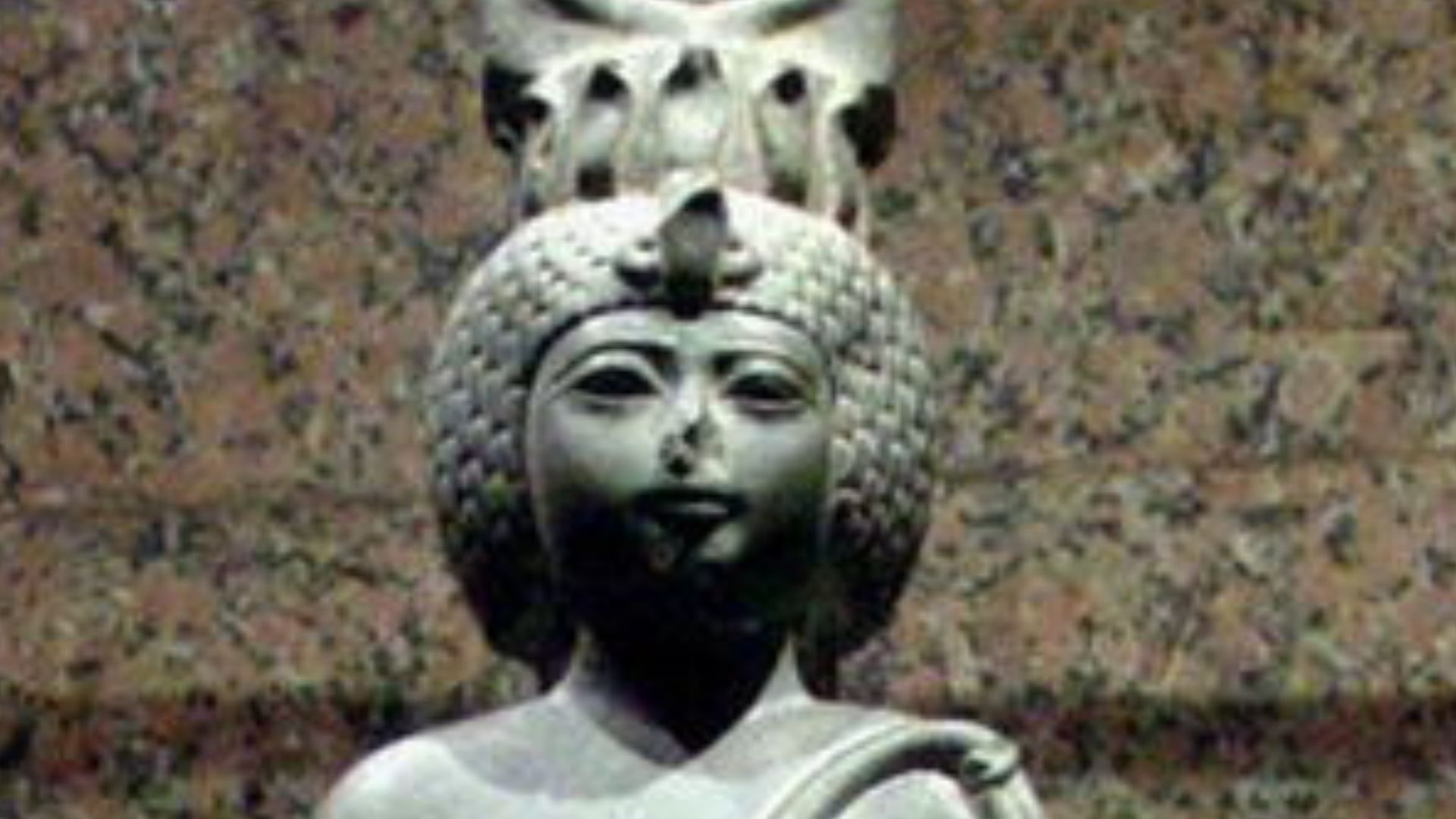 tutincommon (John Campana), Wikimedia Commons
tutincommon (John Campana), Wikimedia Commons
What Else Was There To Find?
With the brick production site and the cemetery discovered, the archeological team returned their attention to the first sondage. They wanted to focus on the larger excavation of the entire city. They were incredibly curious about the layout of the city and what other secrets it might contain.
 Archaeologists Unearth 3000 Years Old Stunningly Preserved Lost African City, 2nacheki
Archaeologists Unearth 3000 Years Old Stunningly Preserved Lost African City, 2nacheki
A Well-Preserved Discovery
The site is very well preserved for its age. Considering archeologists have stated that it is over 3,000 years old, they were shocked to discover it is about as well preserved as Pompeii.
A Specific Date
Researchers can be even more specific about the construction of the city thanks to evidence found in the foundations of the settlement. It dates to Amenhotep III’s reign, about 3,400 years ago. This means construction started around the years 1389-1358 BCE. But that wasn’t the only piece of evidence dating the city.
Detailed Writings
Many inscriptions allowed archaeologists to get even more specific about the history of the Dazzling Aten. One inscription refers specifically to 1337 BCE, which was during the time of Ahkenaten’s reign. But he wasn’t the only Pharaoh to influence the city.
Multiple Pharaohs Ruled The City
When Tutankhamun reigned, the city fell under his control. He is thought to have used the city, as well as the Pharaoh Ay, the second last ruler during the Eighteenth Dynasty. The history of the city isn’t the only fantastical quality it has.
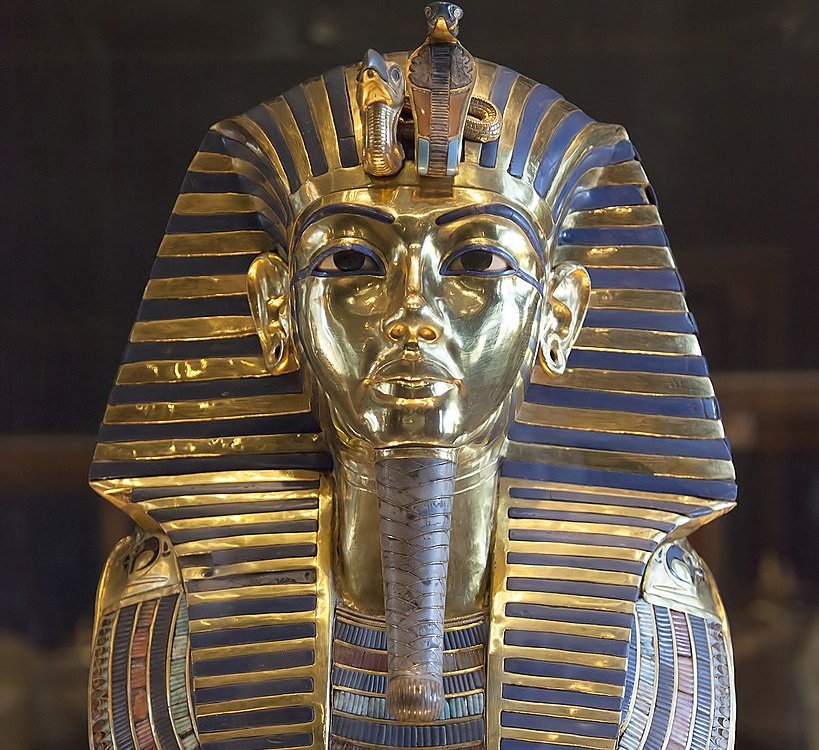 Roland Unger, CC BY-SA 3.0, Wikimedia Commons
Roland Unger, CC BY-SA 3.0, Wikimedia Commons
It Contains Multitudes
With the city being remarkably well-preserved, archeologists have established several different settlement layers within the ruins. This means that there were at least four different settlements layered on top of one another, as late as the Coptic Byzantine era from the 3rd to 7th centuries CE.
 Archaeologists Unearth 3000 Years Old Stunningly Preserved Lost African City, 2nacheki
Archaeologists Unearth 3000 Years Old Stunningly Preserved Lost African City, 2nacheki
Food Production
Several mudbrick walls delineate separate neighborhoods within the city. In the second district, there is an area with abundant stores of dried meat and ceramic vessels. One of the vessels has two lines of hieratic written along the side, mentioning information including what the meat was used for: a festival. But that wasn’t all the archaeologists found.
 Archaeologists Unearth 3000 Years Old Stunningly Preserved Lost African City, 2nacheki
Archaeologists Unearth 3000 Years Old Stunningly Preserved Lost African City, 2nacheki
Creating Everyday Items
There is also evidence of a leatherworking area in the city. Archaeologists were able to excavate several pieces of unprocessed material and tools used to manufacture the leather objects. But they also found existing products like sandals and bags. The city had more to offer, though.
Humans Behaving Like Humans
The first district they uncovered featured some distinct qualities. It showed evidence of individuals living everyday lives, including a ceramic baby rattle shaped like an animal’s head and tools used for spinning and weaving textiles. There was more, though.
 Archaeologists Unearth 3000 Years Old Stunningly Preserved Lost African City, 2nacheki
Archaeologists Unearth 3000 Years Old Stunningly Preserved Lost African City, 2nacheki
Feeding The Inhabitants
They also found a huge storage room and food production area. These rooms and areas, combined with evidence found in ovens and “storage vessels,” indicated that this area served many people who lived within the city, including both workers and officials. With these other locations discovered, there must have been an abundance of officials in ancient times.
 Archaeologists Unearth 3000 Years Old Stunningly Preserved Lost African City, 2nacheki
Archaeologists Unearth 3000 Years Old Stunningly Preserved Lost African City, 2nacheki
Take Your Palatial Pick
Archeologists have identified three palaces in the city. One of these palace complexes is “closely linked” to the Sed-festivals of Amenhotep III—celebrations that honored the continuing rule of a pharaoh. With the extensive nature of the city, the discoveries have been endless.
Unique Ceramic Aesthetics
In some of the workshops and districts, archeologists discovered an abundance of blue-painted pottery. This style of ceramic was a key quality of Amenhotep III’s reign. Many of the pottery and other artifacts found at the site have connections to the divine.
 Archaeologists Unearth 3000 Years Old Stunningly Preserved Lost African City, 2nacheki
Archaeologists Unearth 3000 Years Old Stunningly Preserved Lost African City, 2nacheki
The Worship Of The Gods
There are many objects dedicated to the worship of various gods, such as the cow goddess Hawthor and the lion goddess Sekhmet. There’s also one massive area dedicated to those most dedicated to the worship of higher beings.
An Unmistakable Name
The name of the city was not an invention by the archeologists. Researchers found the name “the Dazzling City” in an unusual place. There were several mud sealings used to cover jars of fermented fruit beverages, and atop these sealings was an engravement that read “[The estate] of the dazzling aten”. This meant one thing.
Ancient Interconnectedness
The name revealed similarities to the palace of Amenhotep III in Malkata, a part of the nearby Theban site. This means the hieroglyphics of the jars link the Dazzling City to the city of Thebes. And even more discoveries shocked the researchers.
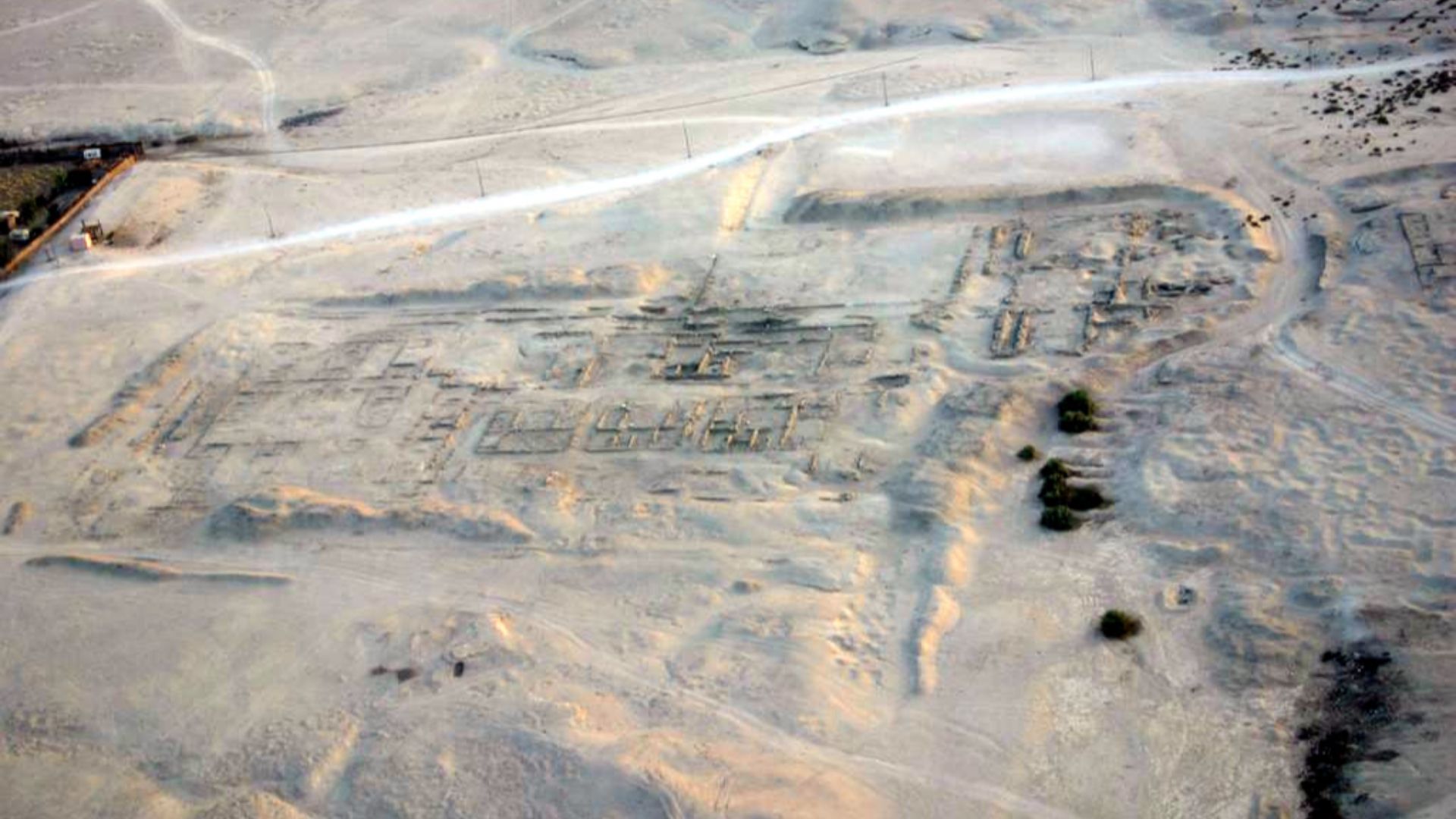 en:User:Markh, Wikimedia Commons
en:User:Markh, Wikimedia Commons
Mysterious Aspects Of The Site
Some even more surprising discoveries intrigued the researchers. This includes some unique burials that brought more questions than they answered. They consisted of two human and two cattle burials.
 Archaeologists Unearth 3000 Years Old Stunningly Preserved Lost African City, 2nacheki
Archaeologists Unearth 3000 Years Old Stunningly Preserved Lost African City, 2nacheki
An Odd Pairing
One cow skeleton was located in a room, with mud bricks surrounding it completely. The space didn’t have a door, and it was placed near an adjacent room containing a human skeleton. The human skeleton showed some surprising evidence.
 Lost Golden City: Inside One of Luxor’s Most Important Discoveries in Years, CairoScene
Lost Golden City: Inside One of Luxor’s Most Important Discoveries in Years, CairoScene
Adding To The Confusion
The skeleton lies prone on its back with rope tied around the knees. Why the rope is present is unclear, and so is the reason why there was a cow and a human buried so close together with such (seemingly) specific intent. But combined with other facts, researchers have come to a potential conclusion.
 3,000-year-old "Lost Golden City" discovered under sands of Luxor, Egypt, Global News
3,000-year-old "Lost Golden City" discovered under sands of Luxor, Egypt, Global News
Furthering The Mystery
The second cow and human skeleton were found in the second district. The human remains are not fully intact, but the cow is. The dates of the burials can’t currently be linked with a particular time, but they do point to some other interesting theories.
 The Lost City of the Dazzling Aten, Armchair Egyptology
The Lost City of the Dazzling Aten, Armchair Egyptology
A Potential For Rituals
There is potential for the burials to be ritualistic in nature. But with so little information about the burials, there isn’t currently a conclusion as to their original purpose. Researchers acknowledge that they could be a coincidence. But there was one other odd find.
 Archaeologists Unearth 3000 Years Old Stunningly Preserved Lost African City, 2nacheki
Archaeologists Unearth 3000 Years Old Stunningly Preserved Lost African City, 2nacheki
The Strangest Unearthing Of All
Within the city, they uncovered a mummified fish wrapped in a layer of thin gold. Two fishing hooks in pristine condition were found nearby, as well as a stela—a monument featuring text, ornamentation, or both—in the shape of a fish. There were more unusual things about this find, too.
 Lost Golden City: Inside One of Luxor’s Most Important Discoveries in Years, CairoScene
Lost Golden City: Inside One of Luxor’s Most Important Discoveries in Years, CairoScene
Potential Links To A Deity
The stela is terracotta, and it shows a scene of the goddess Mut sitting in a chair faced with a Horus falcon. There are also rows of “offering bearers” in the lower portion of the stela. Whether it’s a dedication to a goddess seems fairly clear, but no official results have come in about the purpose of this strange display.
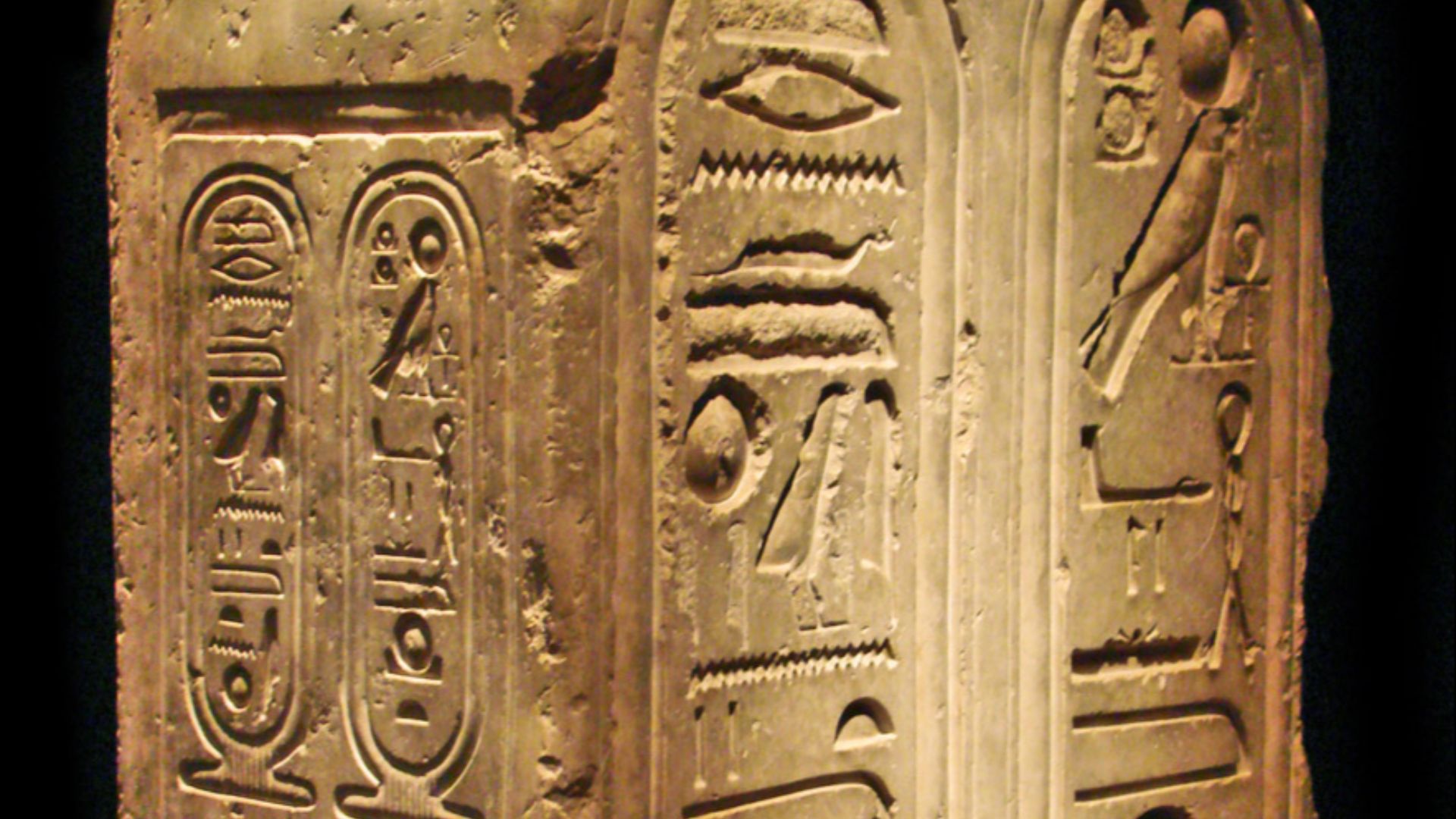 Jean-Pierre Dalbera, Wikimedia Commons
Jean-Pierre Dalbera, Wikimedia Commons
What Else Is Under The Surface?
With the city only being partially uncovered, there is a lot more work to be done to unveil the mysteries of the area. Hawass and his team spent time focusing on the burials in the cemetery, and are now looking to other parts of the city. They also want to dig deeper into what their early studies revealed.
 Archaeologists Unearth 3000 Years Old Stunningly Preserved Lost African City, 2nacheki
Archaeologists Unearth 3000 Years Old Stunningly Preserved Lost African City, 2nacheki
Future Plans Being Implemented
They intend to follow the city west and excavate the rest of the city. A paper by Hawass states that since “much of modern Egyptian cities are built on top of ancient Egyptian cities,” it’s hard to come across a settlement like the Dazzling Aten. Hawass is excited about one particular aspect of their future excavations.
 Archaeologists Unearth 3000 Years Old Stunningly Preserved Lost African City, 2nacheki
Archaeologists Unearth 3000 Years Old Stunningly Preserved Lost African City, 2nacheki
Always More To Learn
He believes the ongoing investigation of the area can reveal a wealth of knowledge about daily life in ancient Egypt. He also thinks it can grant more insight into the “Gold Age” of Egypt during Amenhotep III’s reign. There is certainly more to come from this site and its dedicated researchers.
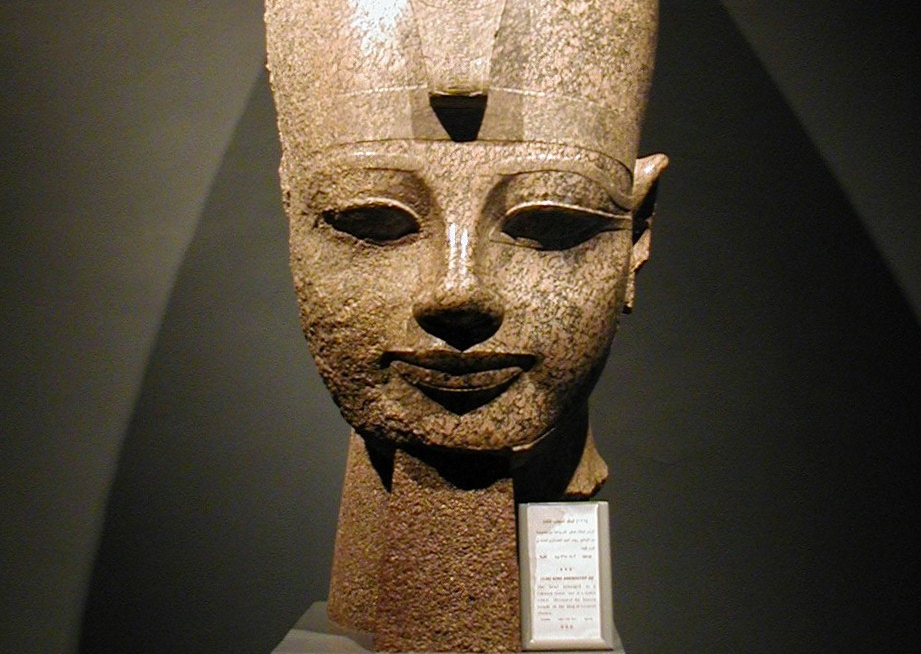 Gerard Ducher, CC BY-SA 2.5, Wikimedia Commons
Gerard Ducher, CC BY-SA 2.5, Wikimedia Commons
You May Also Like:
Archaeologists Have Just Found An Egyptian Tomb That Rivals King Tut
Evidence Of Machining Technology In Ancient Egypt That We Can't Quite Explain
The 4,100-year-old Tomb of an Ancient Egyptian Doctor Who Likely Treated Royals

